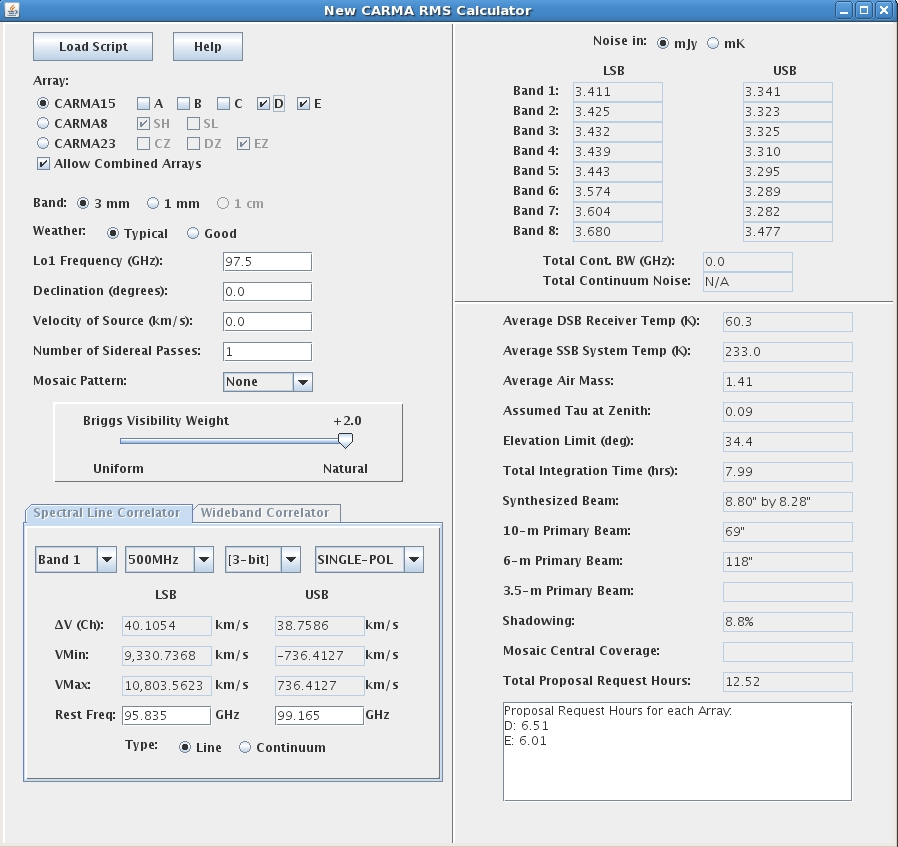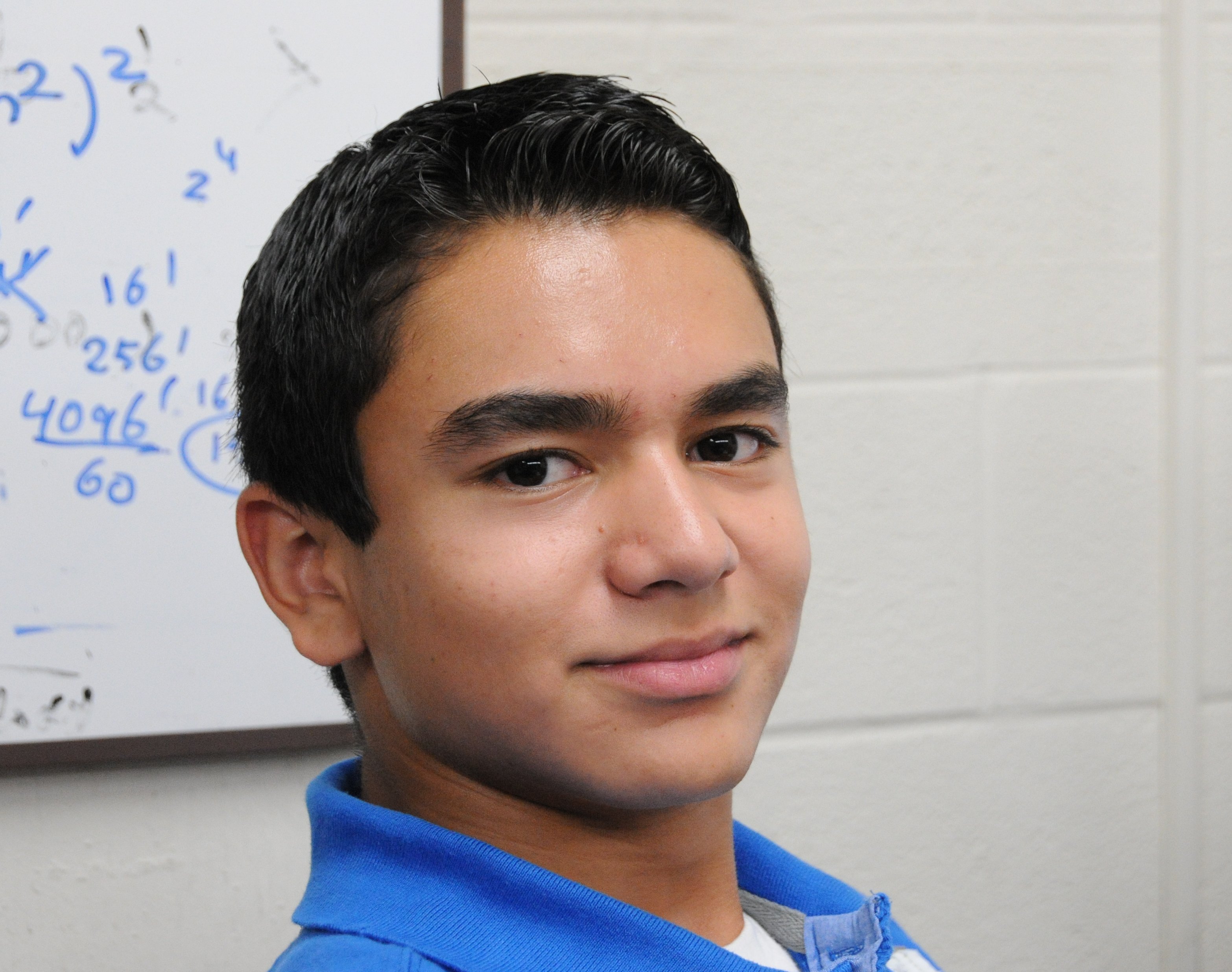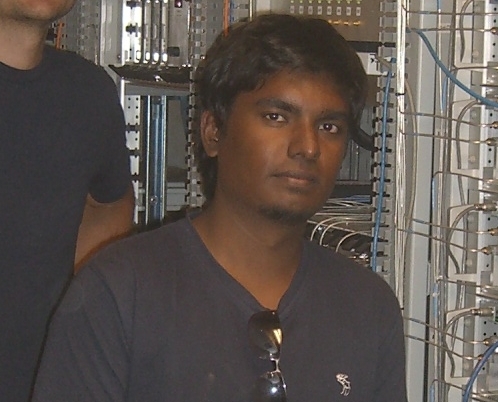Featured Students
CLICK TO PRINT
Summer 2011
Andres Garcia
 Andres Garcia is a rising Junior at the University of Maryland, who is majoring in Computer Science. He started working for the Astronomy Department on June 6th, 2011, and is currently learning much about HTML and Unix coding. He will be maintaining the department's website to the best of his abilities. For now, Andres has helped with CARMA's Picture of the Month and Education & Public Outreach sections, the Astronomy Department's LMA page, and the CRESST directory. He has helped with the new RSS feed for the CARMA website, as well as updating any broken links.
Andres Garcia is a rising Junior at the University of Maryland, who is majoring in Computer Science. He started working for the Astronomy Department on June 6th, 2011, and is currently learning much about HTML and Unix coding. He will be maintaining the department's website to the best of his abilities. For now, Andres has helped with CARMA's Picture of the Month and Education & Public Outreach sections, the Astronomy Department's LMA page, and the CRESST directory. He has helped with the new RSS feed for the CARMA website, as well as updating any broken links.
Affiliation: University of Maryland-College Park
Dalton Wu

 Dalton Wu is a rising sophomore at the University of Maryland, where he is majoring in Computer Science and Business. Dalton started working at the department of astronomy during the summer of 2009, where he conducted research on the Paired Antenna Calibration System (PACS). During 2010 and 2011, he also worked on software tools, which include the Correlator Graphical Setup (CGS) and the Sensitivity Calculator.
Dalton Wu is a rising sophomore at the University of Maryland, where he is majoring in Computer Science and Business. Dalton started working at the department of astronomy during the summer of 2009, where he conducted research on the Paired Antenna Calibration System (PACS). During 2010 and 2011, he also worked on software tools, which include the Correlator Graphical Setup (CGS) and the Sensitivity Calculator.
-To take a a closer look at his work, click on the picture to the right.
-To more information and to try the calculator, click on this link
Affiliation: University of Maryland-College Park
Santiago Cortes
 Santiago is a rising junior at Atholton High School. He began to work at the department of astronomy in the summer of 2010 where he helped update and maintain multiple parts of the CARMA webpage. Including the slideshow, picture of the month, etc.
Santiago is a rising junior at Atholton High School. He began to work at the department of astronomy in the summer of 2010 where he helped update and maintain multiple parts of the CARMA webpage. Including the slideshow, picture of the month, etc.
Affiliation: University of Maryland-College Park
Amit Bansod
 Amit is from the Indian Institute of Technology, Bombay. He worked on High Performance Digital Signal Processing on FPGAs using Python at Caltech. The following is a description of what he was working on:
The CASPER tools provide a design flow to rapidly develop complex digital signal processing (DSP) systems for the radio astronomy instrumentation using Field Programmable Gate Arrays (FPGAs). CASPER libraries provide high performance DSP functionality for current radio astronomy applications but require further optimizations to efficiently implement future wide bandwidth instrumentation like the CARMA (A combined array of 23 antennas with a maximum bandwidth of 8 GHz) correlator. In this project, it is attempted to develop a better toolflow using a python library called MyHDL which can use the existing library of optimized functions and an architectural paradigm that works well for radio astronomy applications. To test the functionality of MyHDL, a Biplex pipelined Fast Fourier Transform (FFT) function block was designed using MyHDL. Performance of the designed block was then compared with the CASPER FFT block. The results showed a better performance by the MyHDL block in ter
ms of the maximum operating clock frequency and a similar resource usage as that of CASPER design. By making a user friendly design toolflow, MyHDL can be a promising tool for future radio astronomy instrumentation.
Amit is from the Indian Institute of Technology, Bombay. He worked on High Performance Digital Signal Processing on FPGAs using Python at Caltech. The following is a description of what he was working on:
The CASPER tools provide a design flow to rapidly develop complex digital signal processing (DSP) systems for the radio astronomy instrumentation using Field Programmable Gate Arrays (FPGAs). CASPER libraries provide high performance DSP functionality for current radio astronomy applications but require further optimizations to efficiently implement future wide bandwidth instrumentation like the CARMA (A combined array of 23 antennas with a maximum bandwidth of 8 GHz) correlator. In this project, it is attempted to develop a better toolflow using a python library called MyHDL which can use the existing library of optimized functions and an architectural paradigm that works well for radio astronomy applications. To test the functionality of MyHDL, a Biplex pipelined Fast Fourier Transform (FFT) function block was designed using MyHDL. Performance of the designed block was then compared with the CASPER FFT block. The results showed a better performance by the MyHDL block in ter
ms of the maximum operating clock frequency and a similar resource usage as that of CASPER design. By making a user friendly design toolflow, MyHDL can be a promising tool for future radio astronomy instrumentation.
Affiliation: California Institute of Technology